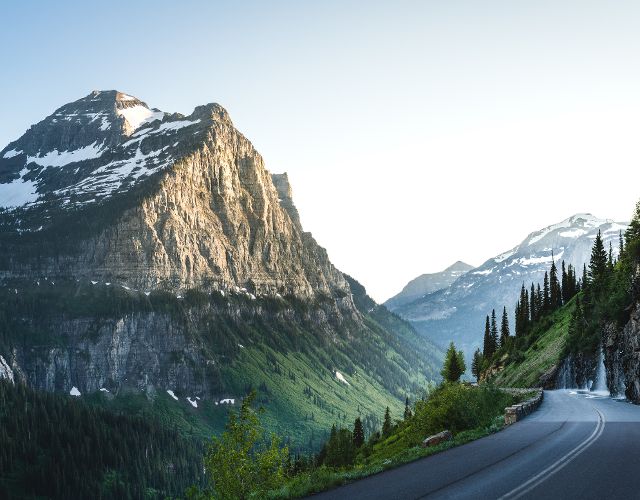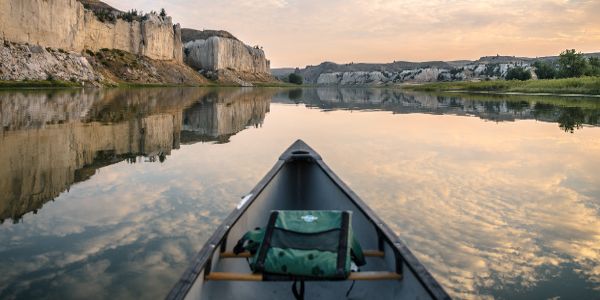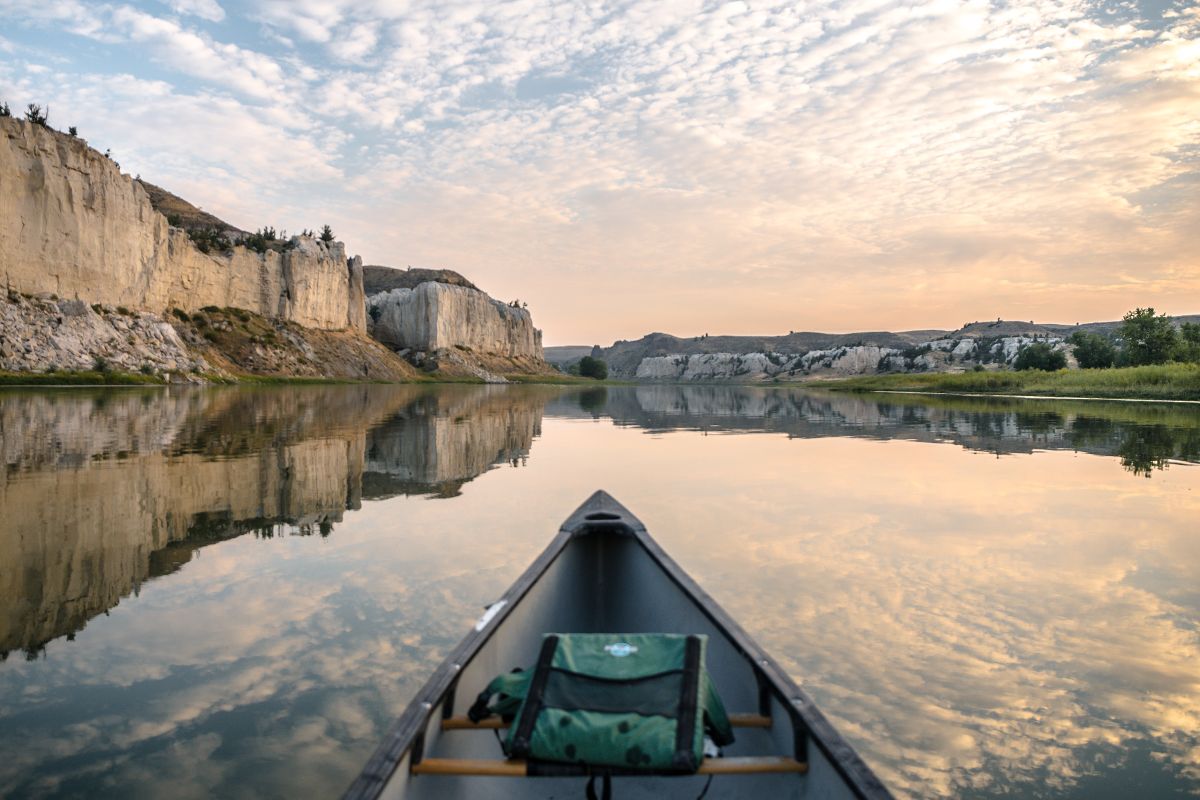To capture the different needs of Montana's unique areas, Coraggio Group is working with each travel region to develop six independent resiliency plans. These will ultimately combine into a statewide plan that will inform Montana’s resiliency strategy for the next 3-5 years.

Frequently Asked Questions
Find answers to frequently asked questions about Resiliency Planning for Montana Tourism at the Montana Department of Commerce. This project will help the state rethink the role of tourism throughout all regions of Montana in ways that retain desirable economic impact, enrich resident quality of life and respect resource protection.








How will this information be used?
Is bed tax money being used for this project?
This project is being funded by ARPA (American Rescue Plan Act).
Why should I participate?
Statewide buy-in and stakeholder collaboration are important to the project’s success. The state will use these strategies and insights to develop future funding priorities.
How will plan be implemented?
Individual regional plans will drive the state’s implementation efforts. Different regions may utilize the master plan differently, but the overall framework will inform future decisions for priorities and resources.
Montana is so diverse, how will this plan address different areas of Montana?
The design of this project is to develop six regional resiliency plans that will feed into a state resiliency plan. This design is intentional to ensure local voices are driving the outcomes of the reports.
What is resiliency planning?
Destination Resilience refers to a community’s ability to pivot and recover from challenges due to a foundation of relationships, balance, shared purpose, and clear goals.
What are specific areas this resiliency planning will explore?
The exercises will address resiliency to include but not be limited to the following categories:
- Booms and busts in visitation to diversify local economies for sustainability (ie. Employment levels and revenue streams).
- Pressure on outdoor resources and overuse.
- Prepare and mitigate impacts of a changing climate (i.e. fire seasons, drought) to sustain local economies.
- Assess and mitigate shortages in travel/tourism/hospitality workforce (housing, international visas, safety, pay, etc).
- Fluctuations and inconsistencies across geographies in seasonal visitation and identify marketing and tourism development needs to attract and/or distribute pressure.
- Exploration of emerging or alternative tourism experiences as well as revitalization of traditional sectors that had been previously under emphasized or overlooked, especially those in geographic areas outside the primary tourist visitation areas.
Do I need to work in tourism to participate in this plan?
No, to achieve a holistic view of the needs in each region, this project will include perspectives from tribes, economic development organizations, local government, state parks and other agencies, and non-profit industry groups (i.e., guides and outfitters, national park foundations, outdoor recreation groups, etc.)
